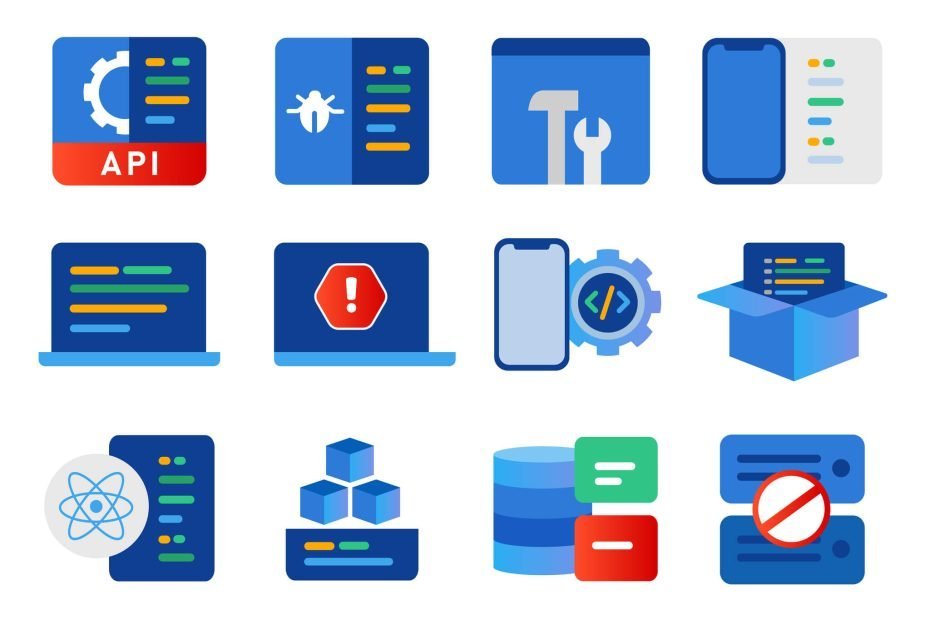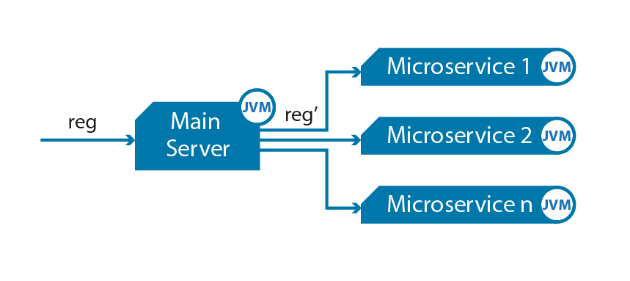Top Patterns for Microservices
Microservices have been rapidly rising in popularity for application building in today’s market. The reason for that is simple. They can solve a considerable number of persistent challenges in a swift manner. However, they do come along with specific challenges, and even the most skilled professionals can sometimes face obstacles while leveraging a microservices architecture. For this reason, developers can… Continue readingTop Patterns for Microservices









